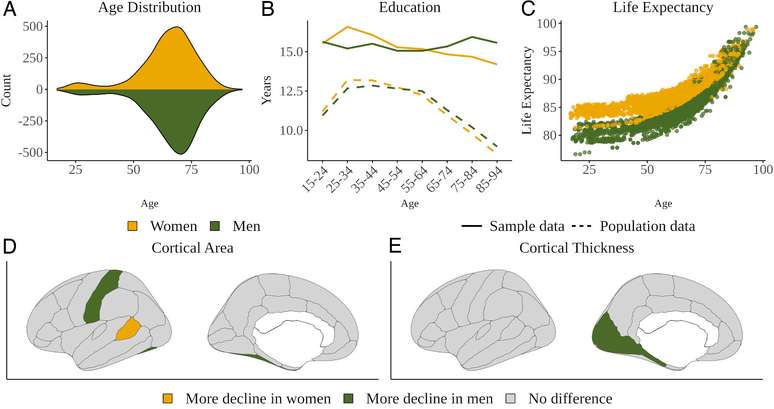The corneal transplant line has doubled in Brazil over the past 5 years. Understand how the procedure is performed and what are the results in the vision
The waiting line for a cornea transplant in Brazil has practically doubled in the last five years, from 12,212 in 2019 to 23,946 currently indicate that the data of the Brazilian Ophthalmology Council (CBO).
In the country, the main motivation for surgery is keratoconus and the question is still high as a reflection of the pandemic, says Dr. Ariane Alessio, ophthalmologist.
“However, the lack of access to the health health and awareness of the health of the eyes ends up leading to late diagnosis and therefore an increase in the need for transplantation, which is the last option,” says the expert.
According to her, corneal transplant can be indicated due to genetic diseases (such as keratocono, Fuch dystrophy, among others), bullosa keratopathy, corneal infections that do not respond to treatment, trauma with impairment of the cornea, complications after eye surgery and leukomas.
How is surgery?
Surgery is made up of a total (penetrating) or partial (lamellar) exchange of the patient’s corneal by one of the donors. It can be done manually or with the femtoscundo laser, explains the ophthalmologist.
According to the doctor, the preoperator includes tests to understand the real situation of the patient’s cornea. This is the case, for example, of Pentacam and specular microscopy of the cornea, among others.
“After the intervention, the patient must drip prescribed eye drops, use occlusive and rest normally prolonged (from 3 to 6 months, depending on the pathology). In the returns, the points are gradually removed,” he says.
Result of vision
The final vision of the patient is very variable and mainly depends on the cause of the disease that led to the transplant and the type of surgery performed. “In the case of the Lamelar, the vision is better than to penetrate. The return of the vision takes time and can change up to 1 year after surgery due to the management of the points”, explains the doctor.
Corneal transplant is the last alternative
Ariane stresses that the transplant should be the last alternative and therefore the early diagnosis is so precious. “Everything begins with the awareness of the population and public policies that lead the patient to an ophthalmologist of routine monitoring from the early years of life. On the other hand, advertising more the importance of organ donation, to save the eyes that had no possibilities,” he says.
Source: Terra
Ben Stock is a lifestyle journalist and author at Gossipify. He writes about topics such as health, wellness, travel, food and home decor. He provides practical advice and inspiration to improve well-being, keeps readers up to date with latest lifestyle news and trends, known for his engaging writing style, in-depth analysis and unique perspectives.






![Tomorrow belongs to us: What awaits you in the episodes of 2052 and 2053 on October 15, 2025 [SPOILERS] Tomorrow belongs to us: What awaits you in the episodes of 2052 and 2053 on October 15, 2025 [SPOILERS]](https://fr.web.img6.acsta.net/img/39/95/3995a2d00abbf3c01161818d01a95388.jpg)


